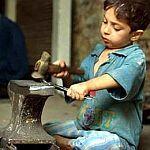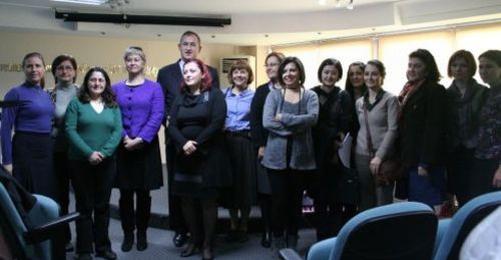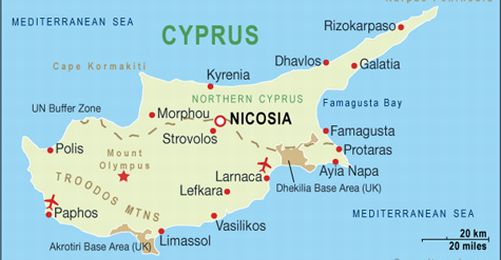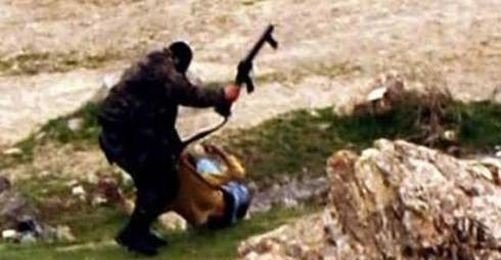Municipality workers on the list but not child laborers
The Confederation of Revolutionary Workers' Unions (DISK) called for fight against privatization, public sector's structure, tax system, social rights, Iraqi invasion, NATO summit, International Monetary Fund (IMF) policies, unemployment and poverty in its May 1 declaration.
Turkish Labor Unions Confederation (Turk-Is), in its declaration, talked about unemployment, distribution of income, privatization, strike rights, social security structure, problems of temporary laborers, municipality workers, and agriculture and forestry workers. That declaration did not have anything on child laborers either.
The Rights Labor Unions Confederation (Hak-Is) demanded organization rights, fair distribution of income, employment, public sector's structure and economic stability. It criticized the policies of IMF and the World Bank. It did not mention child laborers.
A 1999 survey by the State Statistics Institute (DIE), showed that there are about 6.5 million children working in Turkey. About 700,000 of them work in sectors with labors unions and under very bad conditions.
They work because their "parents want them to"
Below are some data from the DIE survey:
* About 6.5 million children out of 16 million aged 6-17 work. About 1 million 700 thousand work in the agriculture, industry and services sector. Four million 800 thousand children do housework.
* At the time of the survey, the population of Turkey was about 63 million 400 thousand. There were some 12 million children aged 6-14. About 88 percent of these children go to school.
* About 1 million 400 thousand of the children in this age group do not go to school. More than 3 million of the 10 million 600 thousand children who do go to school, work in the agriculture or industry sector of do housework.
* The main reason why these children work is "to contribute to the family's income," and because "the family wants" them to.
* Only about 50 percent of the 4 million children aged 15-17 go to school.
Cheap labor
* About 350 thousand children work in the industry sector while about 1 million work in the agriculture sector.
* Some 60 percent of the child laborers work for their family for free. Only 24 percent work in paid jobs. 72 percent of girls who work do not get paid. The majority of the children who especially work in the agriculture sector work for the family for free. (907 thousand children).
* Two thirds of the children who are paid, work for less than the minimum wage. Child laborers are used as cheap labor. The monthly wage of a child laborer is around USD 110.
Extra hours, health problems
* Most child laborers work more than 40 hours a week. About 200 thousand children work more than 64 hours a week. While children working in the agriculture sector work less hours, work hours are more in the industry sector.
* Child laborers are faced with health problems like infections, broken limbs, poisoning, or hearing loss. Only about two thirds of children with health problems arising from working conditions undergo treatment. Only about 30 percent have their treatment expenses paid by the employer.
Statistics are not completely correct
Professor Doctor Gurhan Fisek from the Fisek Foundation said these figures were not completely correct. He added these figures had to be used because there were no other figures available.
The DIE survey also accepts the possibility that families may have not given correct information.
For example, it looks like the number of child laborers, which was 900 thousand in a 1994 survey, dropped to 350 thousand in 1999. (EU/BB/EA/YE)










